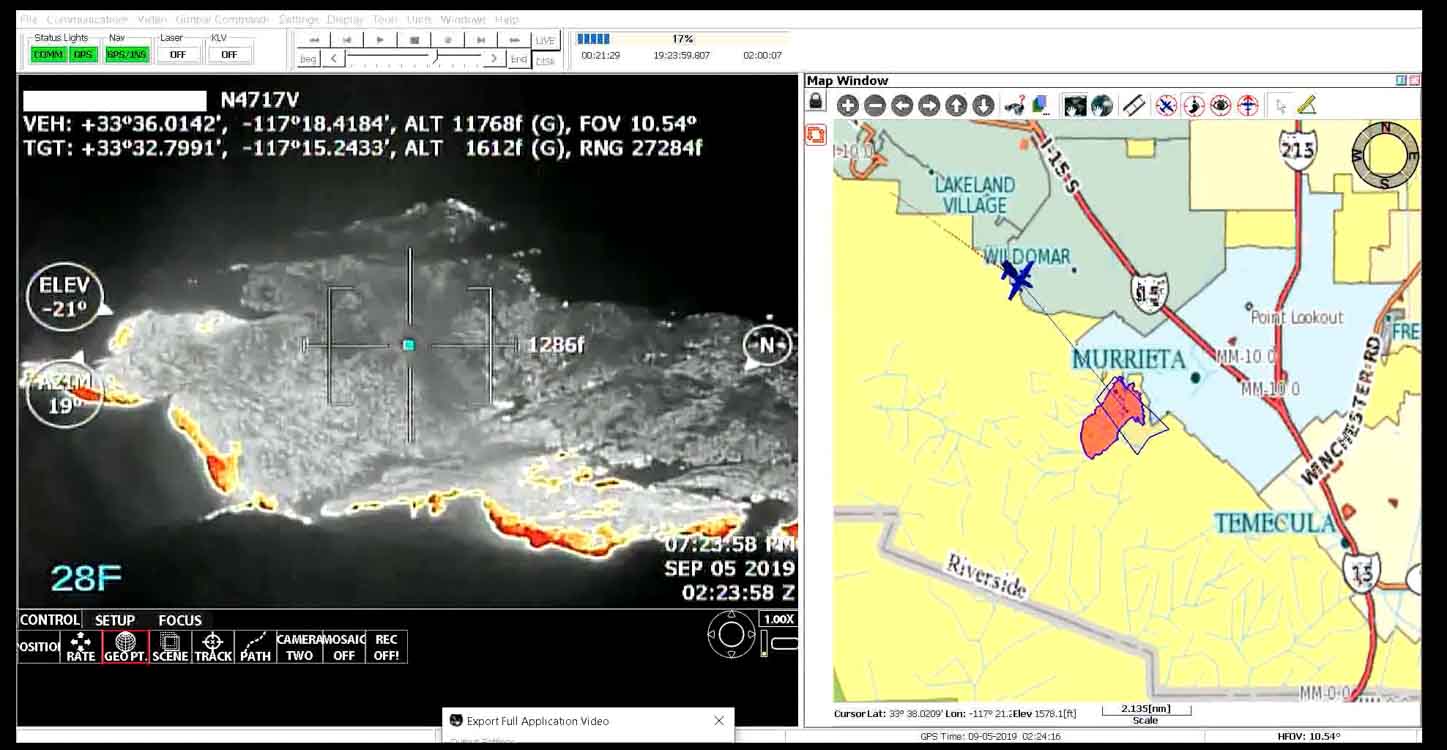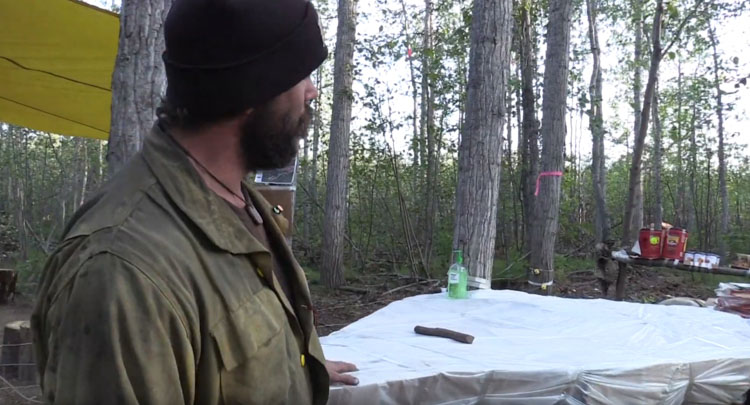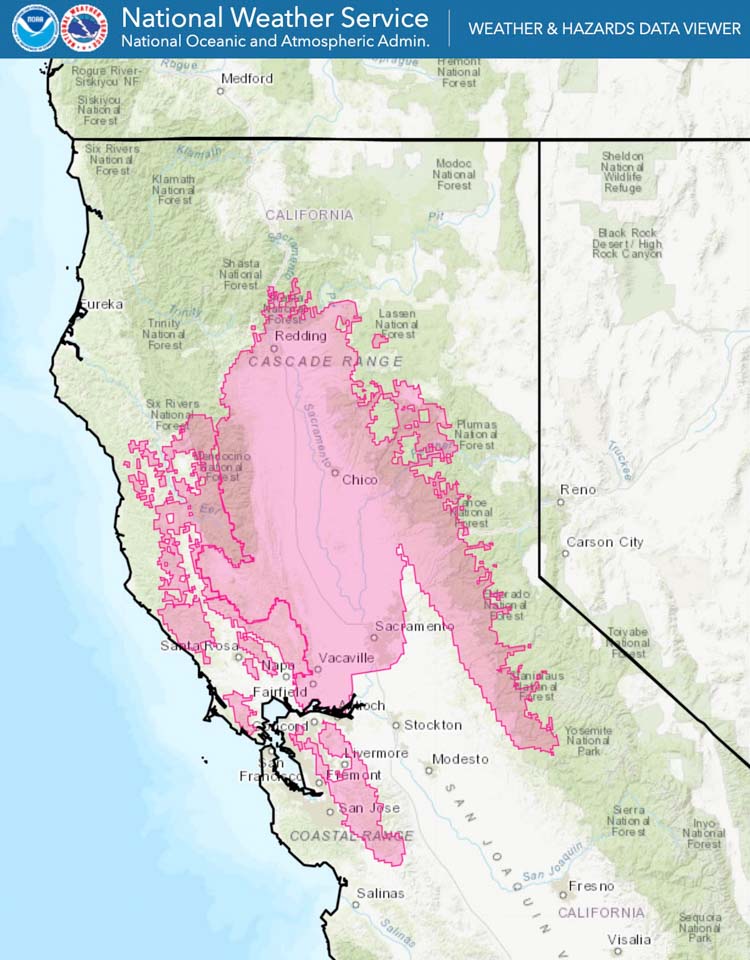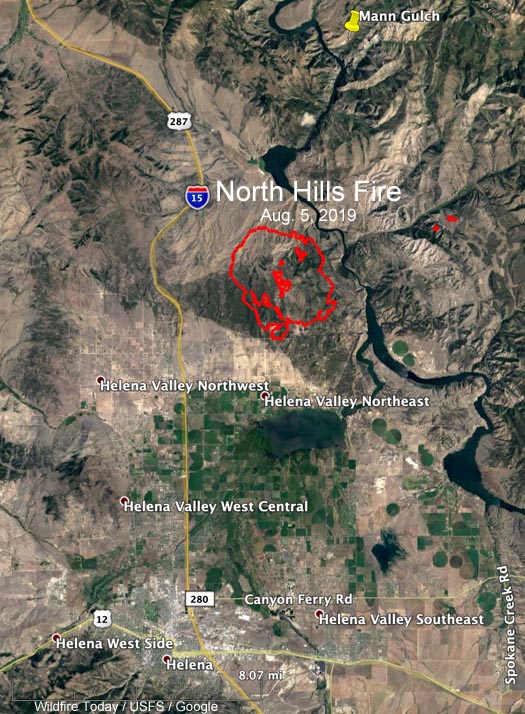
Opinion: by David L. Bernhardt, Secretary of the U.S. Department of the Interior
Last year’s wildfire season was one of the worst on record as more than 58,000 wildfires burned more than 8.8 million acres across the United States. Nearly 26,000 structures were destroyed — more than double the previous annual record — and 19 valiant members of America’s firefighting community lost their lives.
Across the country, more than 98 million people live within or adjacent to lands susceptible to wildfires. As more and more people move into or near wildfire-prone areas, it’s paramount that federal, state, and local partners collaborate on ways to effectively protect local communities.
At the Department of the Interior, we have made wildfire preparedness a top priority. Our national wildfire reduction strategy is guided by President Donald Trump’s executive order and furthered by my order. These orders guide the active management of our lands and forests and encourage managers to think about reducing fire risk in their land management actions. Implementation of both orders is a priority for reducing the risks of deadly and destructive wildfires.
This coordinated framework will help ensure the protection of people, communities, and natural resources. We are also harnessing state of the art technology and robust intergovernmental partnerships to keep our communities and wildlands safe from the kinds of devastation we have seen in the past, but this is no easy task.
Our Wildland Fire Management program uses innovative, informed approaches to minimize wildfires. While topography, terrain, and weather are often external factors that spark a wildfire, we can control the fuel that allows fires to spread, as excess vegetation leads to increased wildfire frequency, size and intensity.
Vegetation treatment methods include thinning and timber harvest; controlled burns — quite literally, fighting fire with fire — chemical treatments; targeted grazing; mechanical removal; mowing or cutting; logging; and fuel breaks, or gaps in vegetation that limit the spreading of fires. When a wildfire burns into a fuel break, the flame lengths decrease, and its progress slows, making it safer and easier for firefighters to control.
We’ve used all of these methods to try to mitigate the damage caused by wildfires, as we collaborated with federal, tribal, state and local partners on nearly 2,500 treatment projects over the past year. Leveraging these partnerships, we removed excess burnable vegetation on more than 1.2 million acres of Interior and tribally administered lands, which is 17 percent more treated acreage than in 2016, to reduce the intensity and frequency of fires in high-risk areas. Helping lead these efforts, we conducted 1,552 drone missions on 200 individual wildfires, more than double those of the previous year.
This wildfire season, we have ramped up our efforts and mobilized an array of resources by land and air.
By the season’s end, the department will have deployed approximately 4,500 firefighting personnel — including an all-female fire crew that battled blazes in Alaska — 500 tribal firefighters, 151 smokejumpers, 18 interagency hotshot crews and four tribal hotshot crews. Wildland firefighters have at their disposal more than 600 pieces of specialized equipment, including engines, water tenders and dozers. Aviation assets also continue to play a critical role in efforts to manage wildfires, as the department employs 23 single-engine air tankers, six water scoopers, helicopters, and drones.
We are using everything at our disposal to protect Western communities from wildfires; and, with the help from the John D. Dingell, Jr. Conservation, Management, and Recreation Act’s provisions on wildfire technology modernization, we will continue to use advanced and emerging technologies to stay on the cutting edge of firefighting and fire prevention. The department is also actively harnessing state-of-the-art technology to improve real-time communication and tracking for incidents to increase firefighter safety.
In Colorado, more than 27,000 acres of land will be treated by the end of this fiscal year. One specific project completed already by the Bureau of Land Management is a 286-acre prescribed fire near Bayfield called the Rabbit Mountain Project Prescribed Fire. It was completed to restore and maintain a healthy ecosystem and reduce the risk of wildfire to private lands in the area. The prescribed fire will reinvigorate grasses, forbs, and shrubs and improve deer and elk habitat. Numerous other areas around the state are being treated, in addition to the active wildfire management that is ongoing to contain and extinguish current wildfires.
Under President Trump’s leadership, the Department of the Interior is pursuing innovative and effective wildfire management efforts, and we have made significant progress so far to deliver on the president’s goals for wildfire prevention and treatment. More work can and must be done, and we will continue to find new and improved ways to keep our people, communities, lands and resources safe and secure — now and in the years ahead.






